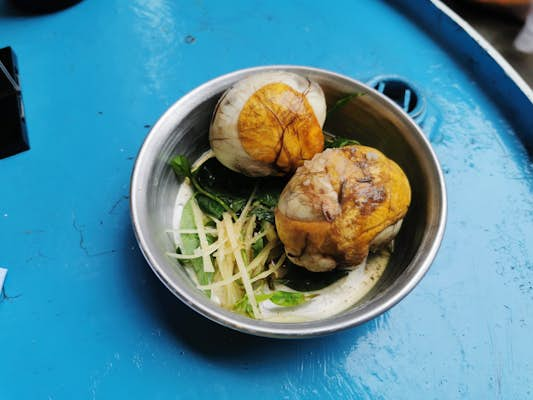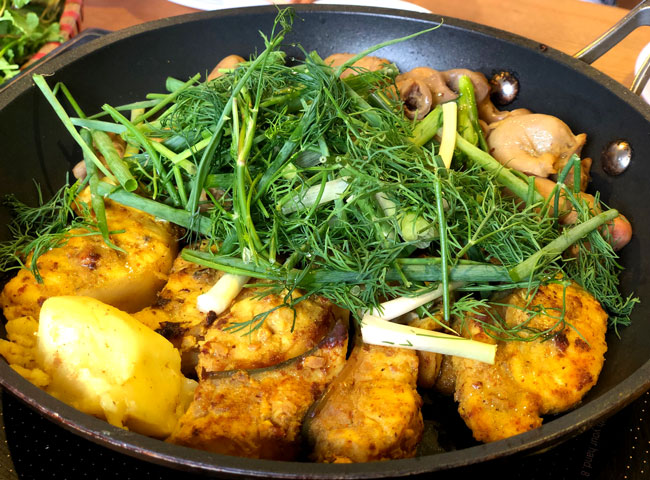Vietnamese cuisine offers delicious street food, but for people visiting for the first time, some dishes may seem like a big challenge to their palate.
Some traditional Vietnamese dishes are likely to excite the more adventurous: for example, dishes including blood or organ soup or the famous fertilized duck egg, are all common in Vietnamese eating habits and are regularly found in markets—street food.
These are some of the less common foods served in Vietnam.
Trung vit lon
(Fertilized duck egg)
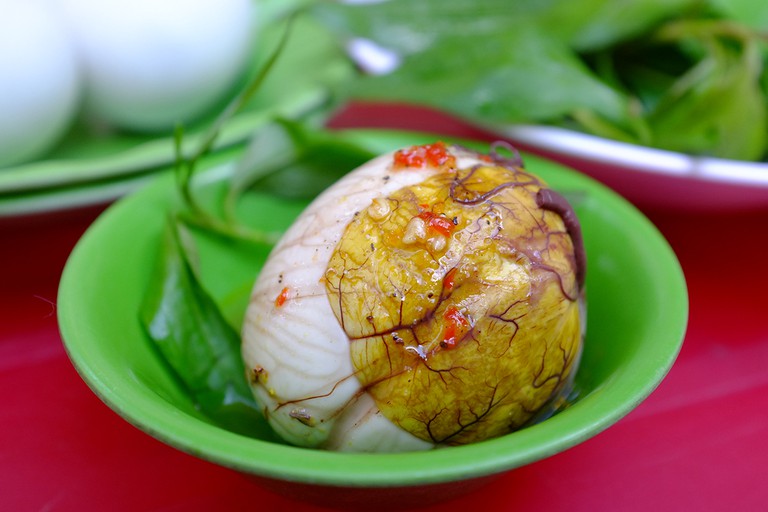
One of the easiest entries to “strange” food in Vietnam. Fertilized duck eggs are eggs in which the bird embryo is already partially formed, although it is not always visible like a real bird (depending on the stage of development). It is appreciated as a rich source of protein and is served to Vietnamese children for breakfast. They can be enjoyed with basil leaves and savory chili lime sauces.
If you are too intimidated by the large duck egg, another variant is Trung Cut Lon: fertilized quail eggs, they are smaller and therefore easier to eat. A very popular way to serve it is to heat it in tamarind and lemongrass sauce (Trung Cut Lon Xao Me), a dish commonly served in the afternoon.
Ga Tan Den
(Black chicken in herbal soup)
This soup is very common in the Vietnamese diet and highly appreciated for its medicinal properties. The broth is made from Chinese medicinal herbs and dried fruits (including mugwort, dried dates, and goji berries) and a very bitter rhizome that should not be eaten, but adds flavor to the soup. The soup can be made with regular chicken, but black chicken, a special Vietnamese breed, is the most unique version of this healthy soup. It is highly recommended especially for women.
Chan Ga
(chicken legs)
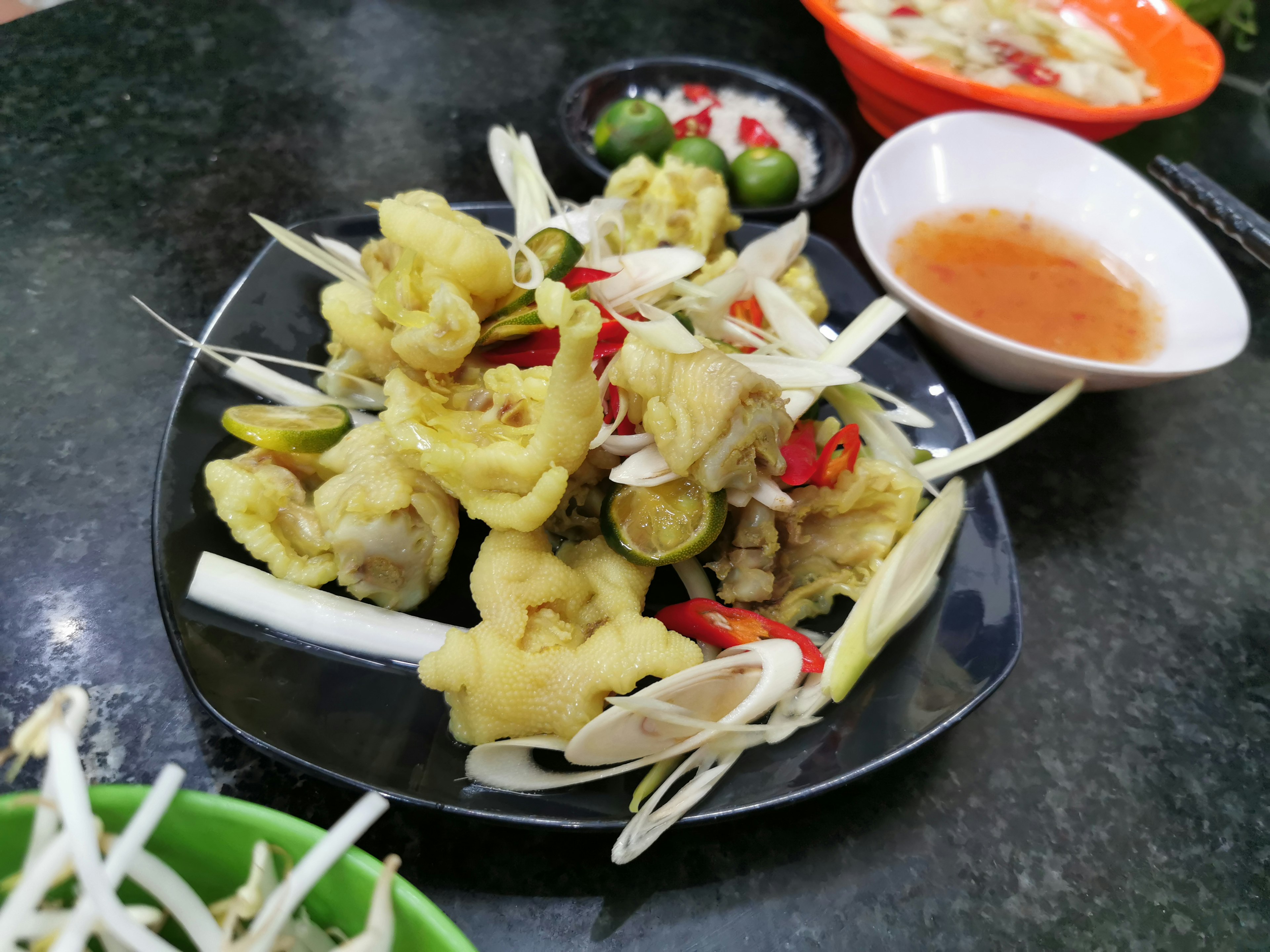
Chicken feet are very common in Vietnam and can be found literally everywhere. Although they are not expensive, they can be considered a delicacy. Chicken legs can be fried with chili-honey sauce, or boiled and served with ginger and lemongrass as a traditional condiment. It is a dish that is normally ordered as a side dish, with hot pot. Therefore, chickens with huge legs are a special breed in some Vietnamese villages.
Tiet Canh
(Blood soup and animal organ soup)
blood souptiet canh) is a dish that is no longer recommended as much because it is a seasoned mixture of fresh blood from different animals and can easily transmit infections. I’ve never had the opportunity to see it in real life, much less try it.
A more common sight in markets is animal organ soup. They can be pork, beef, duck or chicken. At night-time street food stalls it is not uncommon to see a display of all the possible organs, so you can choose which one you want in your broth. Options may include duck liver, pig brain, beef intestines or stomach, or more common pig knuckles and feet. Recipes for organ soups or soups using rare parts of animals are diverse and show the ingenuity and no-waste policy of the Vietnamese when it comes to food.
Boss
(Sea snail dishes)
When you hear about snails in Vietnam, chances are people are referring to sea snails. Especially in the north, in the Ha Long area, snails are very popular. They come in all shapes and all kinds of recipes. “Bun oc”, snail soup, is a classic, but you can also enjoy various snail dishes in restaurants specializing in street food.
Snails are mainly served at night (Vietnamese dishes are served on a schedule throughout the day and dishes served at night can only be found at that time) and there is a clear protocol on how to order them: first choose the type of snails you want, then the way you want them cooked and finally, your sauce or seasoning. Popular ingredients include lemongrass and ginger, tamarind sauce, and green onions.
Raw octopus with ‘mam tom’
This is a dish that you may not see everywhere: raw octopus can be found at the street vendors that roam the streets of Hanoi in the morning. Although it is not as tasty, the Vietnamese eat it for its texture, and all its flavor comes from the aromatic herbs (mint and perilla) and, above all, the fermented shrimp sauce. The latter, called ‘mom tom‘, is a surprising food in itself: it is so strong, salty and spicy that the Vietnamese say that if you can eat it, you become Vietnamese.
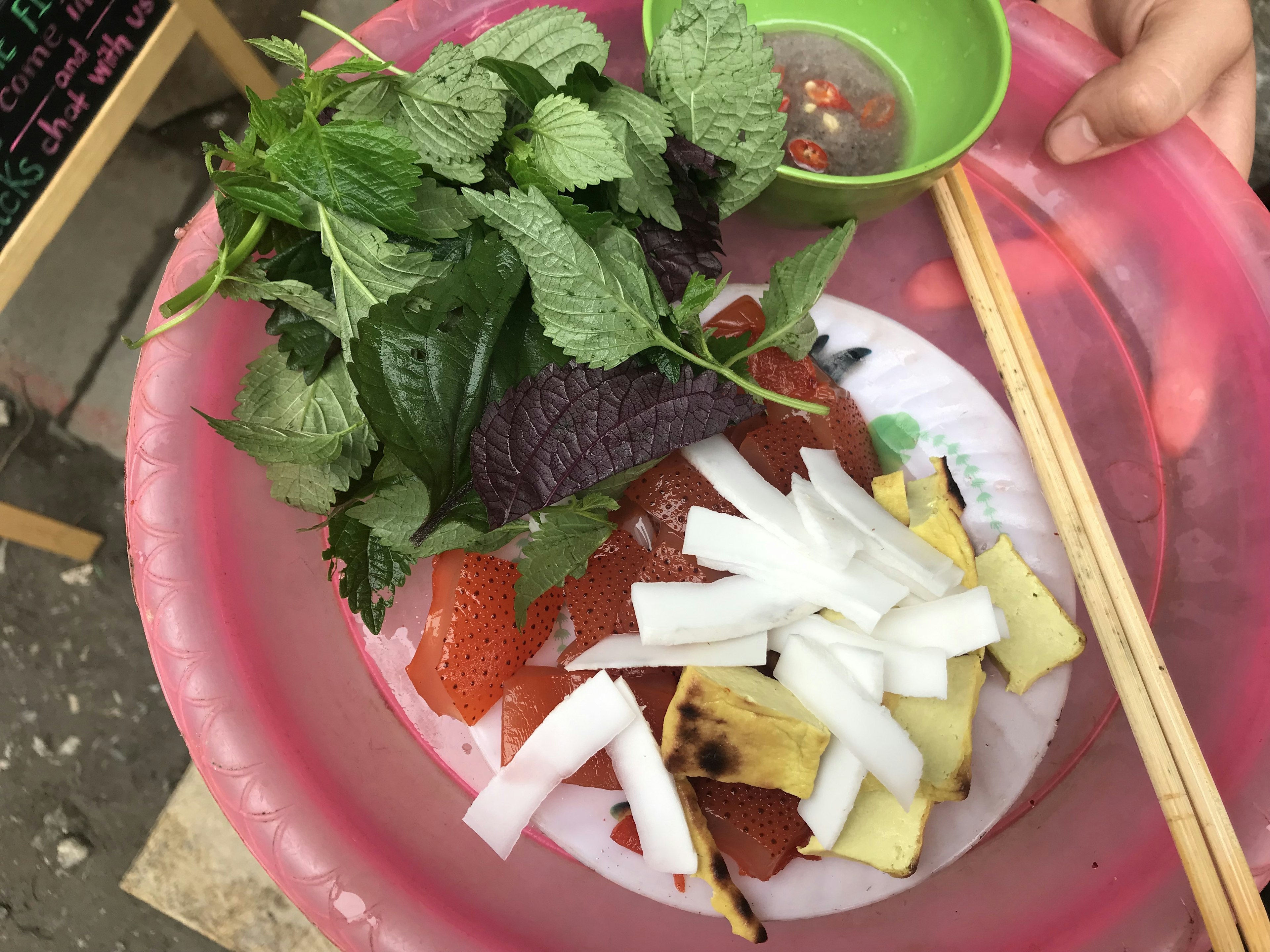
Silkworms, river worms and other worm dishes.
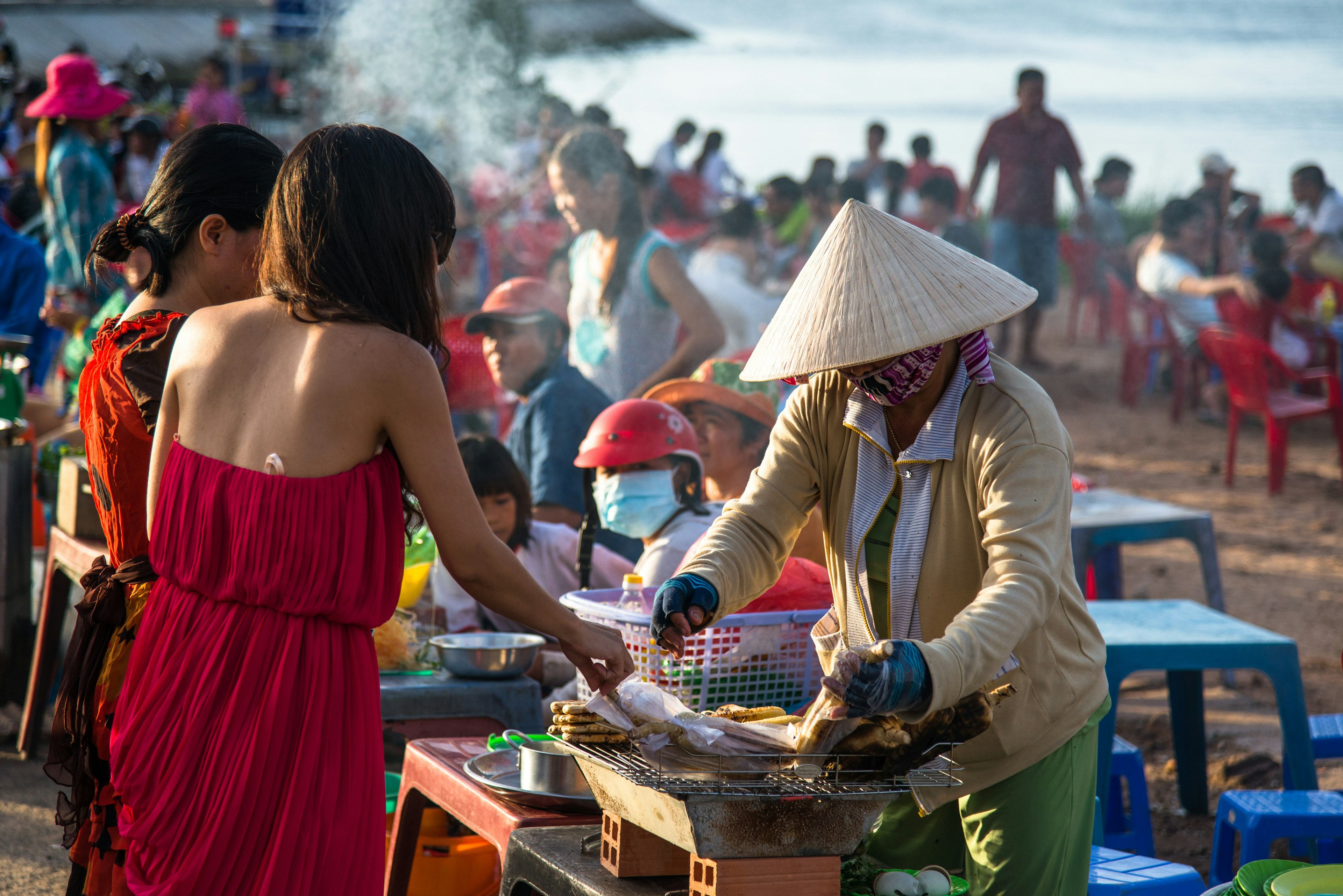
Grilled silkworm nymphs (with nhong) are a very common street food find. They are valued for their protein and mineral qualities. Especially in the north, silkworms are raised on mulberry leaves in villages. When prepared as food, they are dried and mixed with salt to be fried with fish sauce. You can easily find them as a basic dish served in ‘com binh dan‘, rice buffet places, so it’s not difficult to find it if you want to try it.
We must also talk about the larva of the beetle – or coconut worm –, which is consumed especially in the Mekong Delta area, in the south of Vietnam. Unlike the silkworm, this worm is eaten alive, dipped in fish sauce. It is eaten by biting off the head first.
Another type of worm used in typical dishes is the river worm. It is prepared in a fried tortilla, mixed with pork. This dish is called ‘cha ruoi’. Why eat the river worm? It is said to be very nutritious and good for arthritis or physical pain. Worms are fairly easy to find at markets in the fresh seafood section.
As we say, “one man’s food is another man’s poison.” Don’t judge local food habits when you travel – you may end up liking some of those dishes, and if not, there are plenty of other food options at street food stalls, markets and Vietnamese restaurants.
